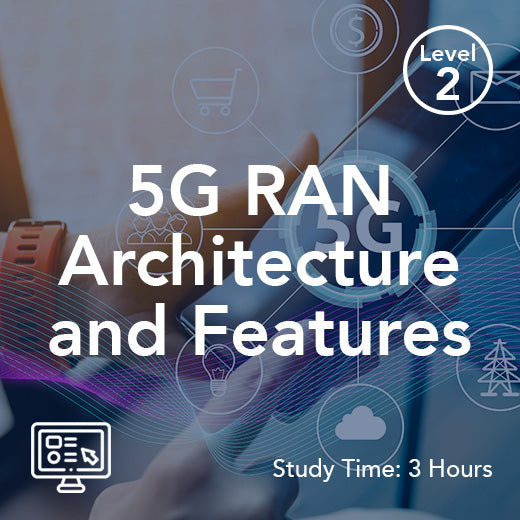Alt Ağ Erişim Protokolü
- , by Stephanie Burrell
- 1 min reading time
Alt Ağ Erişim Protokolü (SNAP), bilgisayar ağlarında kullanılan bir protokoldür. Ağ katmanı protokollerini veri bağlantı katmanına yerleştirmek için kullanılır. SNAP, genellikle Ethernet protokolüyle birlikte kullanılarak birden fazla ağ katmanı protokolünün aynı fiziksel ağda bir arada bulunmasını sağlar. Ağ yöneticileri, SNAP kullanarak, temel veri bağlantı katmanını değiştirmek zorunda kalmadan ağ katmanı protokollerini kolayca ekleyip kaldırabilirler.
SNAP, her ağ katmanı protokol veri biriminin (PDU) başına bir başlık ekleyerek çalışır. Bu başlık, kullanılan ağ katmanı protokolünün türü hakkında bilgi içerir ve alıcı cihazın verileri doğru bir şekilde yorumlamasına olanak tanır. Ağ yöneticileri, SNAP kullanarak aynı fiziksel ağ üzerinde birden fazla ağ katmanı protokolünü kolayca destekleyebilir ve bu da farklı cihaz ve sistem türlerinin entegre edilmesini kolaylaştırır.
SNAP kullanmanın temel avantajlarından biri esnekliğidir. SNAP, aynı fiziksel ağ üzerinde birden fazla ağ katmanı protokolünün bir arada bulunmasına olanak tanıdığı için, ağ yöneticilerinin çok çeşitli cihaz ve sistemleri desteklemesi daha kolaydır. Bu, özellikle çeşitli ağ ihtiyaçları olan büyük kuruluşlar için faydalı olabilir.
SNAP kullanımının bir diğer avantajı da verimliliğidir. SNAP, ağ katmanı protokollerini veri bağlantı katmanına yerleştirerek, ağ üzerinden veri iletimiyle ilişkili ek yükü azaltır. Bu, özellikle yoğun trafikli ortamlarda ağ performansını iyileştirmeye ve gecikmeyi azaltmaya yardımcı olabilir.
Genel olarak SNAP, ağ yöneticilerinin aynı fiziksel ağ üzerinde çok çeşitli ağ katmanı protokollerini desteklemesine yardımcı olabilecek güçlü bir protokoldür. Kuruluşlar, SNAP kullanarak ağ verimliliğini artırabilir, çeşitli ağ ihtiyaçlarını karşılayabilir ve sistemlerinin çok çeşitli cihaz ve sistemlerle uyumlu çalışmasını sağlayabilir.

































